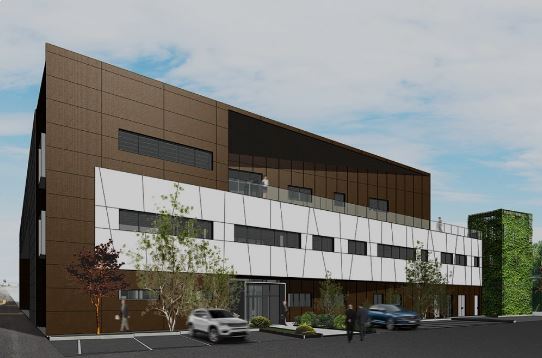The Essential Role of MEP Design in Florida Homes
Introduction to MEP Design and Its Importance
Creating comfortable and energy-efficient homes in Florida requires well-planned MEP design —Mechanical, Electrical, and Plumbing systems. Given the state’s hot and humid climate, effective MEP systems are crucial. They help maintain indoor comfort while ensuring safety and efficiency year-round.
MEP design includes:
- Mechanical systems (HVAC) for temperature and humidity control.
- Electrical systems for power distribution and lighting.
- Plumbing systems for water supply and drainage.
Proper integration of these systems enhances home comfort, reduces energy costs, and supports sustainability. With Florida’s high energy demands and unpredictable weather, investing in high-quality MEP solutions is essential.
Understanding MEP Systems: Mechanical, Electrical, and Plumbing
Mechanical Systems (HVAC)
A well-designed HVAC system is critical in Florida’s humid climate. It keeps homes cool during hot summers while maintaining balanced humidity levels. Without proper HVAC, excessive heat and moisture can create an uncomfortable living environment and lead to mold growth. Energy-efficient HVAC systems:
- Enhance comfort.
- Lower utility costs.
- Improve indoor air quality.
Electrical Systems
Electrical systems power everything from lighting to smart home technologies. In Florida, where storms and hurricanes are common, a reliable electrical setup is vital. Well-designed circuits, backup generators, and energy-efficient lighting:
- Improve safety.
- Reduce power outages.
- Enhance energy efficiency.
Plumbing Systems
Plumbing plays a key role in daily comfort, from clean drinking water to efficient drainage. In Florida, water conservation is crucial. Smart plumbing solutions:
- Use low-flow fixtures.
- Recycle greywater.
- Prevent flooding through effective drainage.
Together, these MEP systems create a functional and efficient home environment.
Climate Considerations: Why MEP Design Matters in Florida
Florida’s climate presents unique challenges for home design. High temperatures, humidity, and frequent storms make MEP design essential:
- HVAC systems regulate indoor temperature and prevent mold growth.
- Ventilation ensures clean air circulation, reducing allergens and pollutants.
- Backup power systems keep homes running during outages.
- Plumbing solutions handle heavy rainfall and prevent water damage.
A well-planned MEP system helps homeowners maintain year-round comfort and efficiency.
The Role of HVAC Systems in Indoor Comfort
HVAC systems are the foundation of comfort in Florida homes. They cool indoor spaces, maintain air quality, and regulate humidity.
Key Benefits of a Well-Designed HVAC System:
- Temperature control to counter Florida’s heat.
- Humidity management to prevent mold and allergens.
- Improved air quality through filtration and ventilation.
- Smart home integration for energy-efficient control.
Modern HVAC technologies allow homeowners to adjust settings remotely, reducing energy waste and enhancing convenience. Investing in an efficient HVAC system is essential for a comfortable home.
Plumbing Design: Ensuring Efficient Water Supply and Drainage
Plumbing design impacts both daily comfort and home safety. Florida’s weather conditions make efficient plumbing essential.
Key Considerations for Plumbing Design:
- Proper pipe sizing for steady water flow and pressure.
- Effective drainage systems to prevent flooding.
- Smart plumbing technologies to detect leaks and reduce water waste.
- Sustainable solutions like rainwater harvesting for eco-friendly homes.
A well-planned plumbing system enhances comfort, prevents costly repairs, and supports water conservation efforts.
Conclusion
MEP design is fundamental to achieving a comfortable, safe, and energy-efficient home in Florida. Thoughtful integration of mechanical, electrical, and plumbing systems enhances indoor living while addressing climate challenges. Homeowners who invest in quality MEP design enjoy:
- Long-term savings.
- Improved comfort.
- Sustainable living.
If you’re designing or renovating a home, consult with experienced MEP professionals to optimize your living space. With the right approach, your Florida home can be a perfect balance of comfort and efficiency.
learn more: https://www.crestrealestate.com/what-is-mep/
Visit: https://gdiengdesign.com/gdiengdesign-mep/

















































